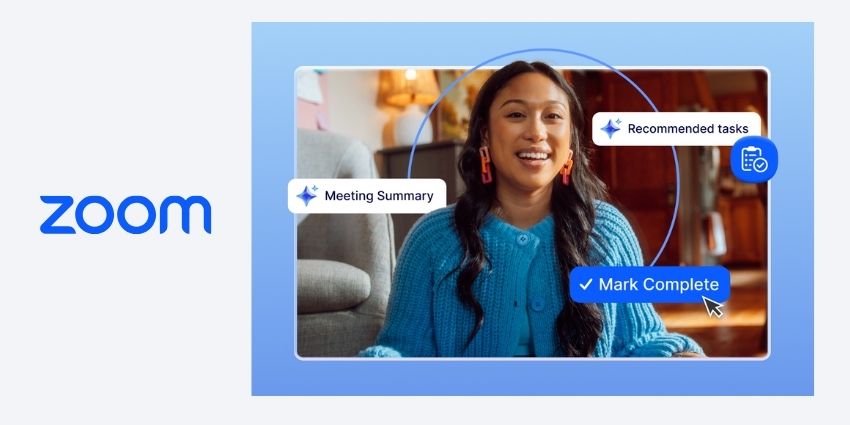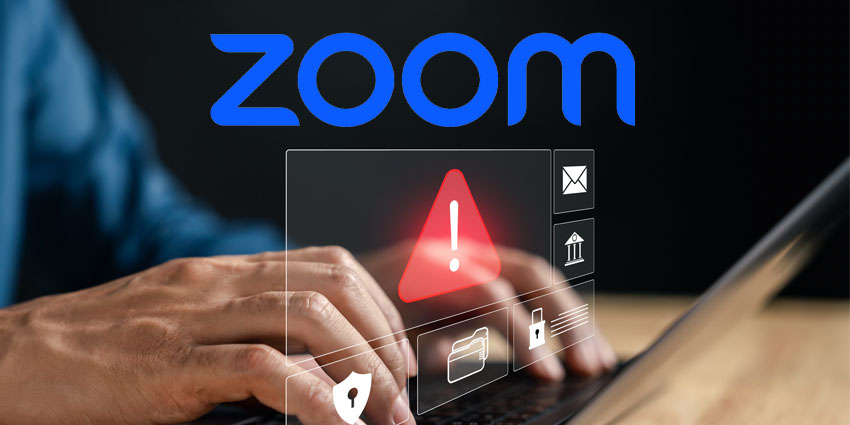The new H.266/VVC video codec has arrived, promising to cut data use by half for both 4k and 8k streaming. The new technology emerges after years of conversations between some of the industry’s largest players. The previous standards, H.265/HECV, and H.264/AVC are still active in over 10 billion endpoints, processing around 90% of the world’s video data.
However, this new codec should help people with slow connections to access footage in better quality than ever before, without the need for buffering. This highlights an exciting new opportunity for 4K video conferencing and paves the way for companies to explore the realm of 8k content.
Through the reduction of data requirements, the new codec supports video transmission in all networks – including mobile. The previous standard, H2.65, would require ten gigabytes to transmit an ultra-high-definition 90-minute video. This new codec would only need 5 gigabytes to convey the same quality. Because the codec was built with higher resolution content in mind, it will be particularly beneficial when streamlining all kinds of images.
A New Era for Video

According to the head of the Video Coding Systems group from Fraunhofer HHI, Benjamin Bross, it’s wonderful to see this new codec coming to life after three years of development. The team is proud to be responsible for the new codec, which has the potential to change the way we use and access video worldwide. The increased versatility of the new format will also make things like video conferencing more appealing.
A transparent and uniform licensing model based on FRAND will help to deliver essential patents for the new codec. The Media Coding Industry Forum will support this. Unfortunately, it may be a while before we begin to see the impact of this new technology. The updated chips required for the codec are still in the design process.
According to Fraunhofer HHI, Microsoft, Apple, Intel, Qualcomm, Huawei, and Ericsson are among some of the companies contributing to the tech’s development. The brand hopes that in time, cameras and smartphones will be able to automatically record and deliver content in the new format. However, the new chips will need to be ready first.
In the meantime, recordings require a new encoding to access the latest compression functionality. Playback may also require a faster processor because the hardware available today wasn’t created with this technology in mind.
The Next Generation in Codec Choices
H.266 is requires only half of the bitrate as the current standard H.265. The H.265 also halved the bitrate requirements of the codec that came before it, H.264, although this format is still available around the world. When this new technology does begin to gain steam in the current landscape, the opportunities for high-quality video will be endless.
According to the Fraunhofer team, for televisions and other screens to stream 8k video properly, tests suggest that homes would need internet connections of higher than 85mb per second. That’s a lot more than most homes have today. However, with the new codec, the demand will drop to a more manageable 40-50Mbps.
Another big bonus of this technology is that users should be able to save more footage without needing more storage space, providing that they don’t take advantage of the codec to capture higher quality.
This new update in resolution potential has huge advantages for the growing world of virtual reality. Additionally, it will provide a more efficient way to stream high-resolution 360-degree footage through next-gen headsets. The extra detail will make a huge difference, as users only see a section of the image at once.
Embracing a New Standard
Unfortunately, some experts are concerned that the new standard won’t achieve adoption as widely as it should. Just because the format exists, doesn’t mean that it will be embraced on a universal level. Google has already opted to use a format developed on its own to encode YouTube videos.
Additionally, a wide selection of companies like Amazon, Apple, Google, Facebook, and Samsung have already built a successor in the form of the AV1. Twitch, the video streaming platform, says that it will switch 100% to the new format by 2024.
According to the CSS Insight Consultancy’s Ben Wood, the story around video codecs is always the same. People always want more efficient, better-quality video. However, the real challenge is getting everyone to adopt the same format. For a codec to be successful, it needs broad adoption from all key players.







